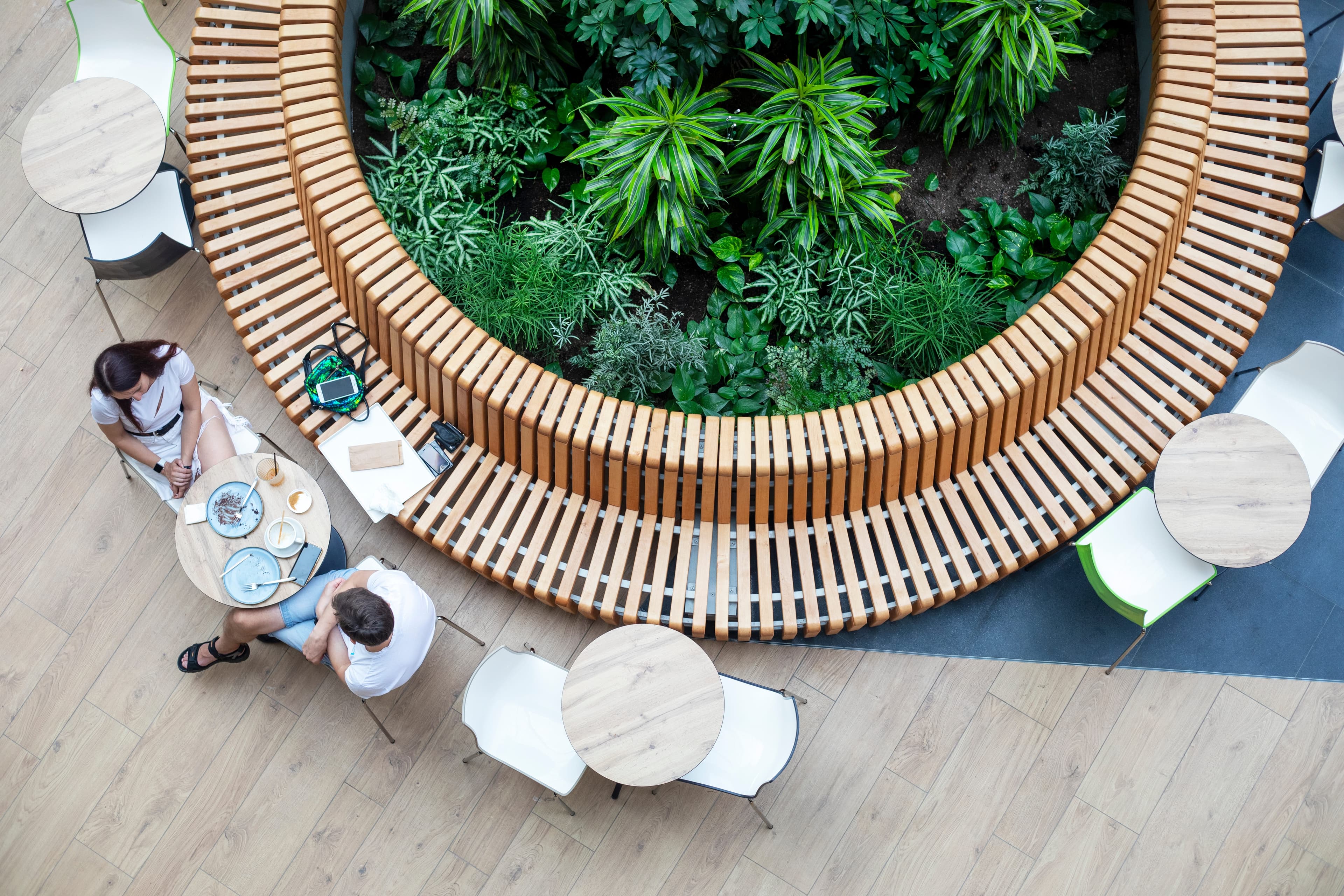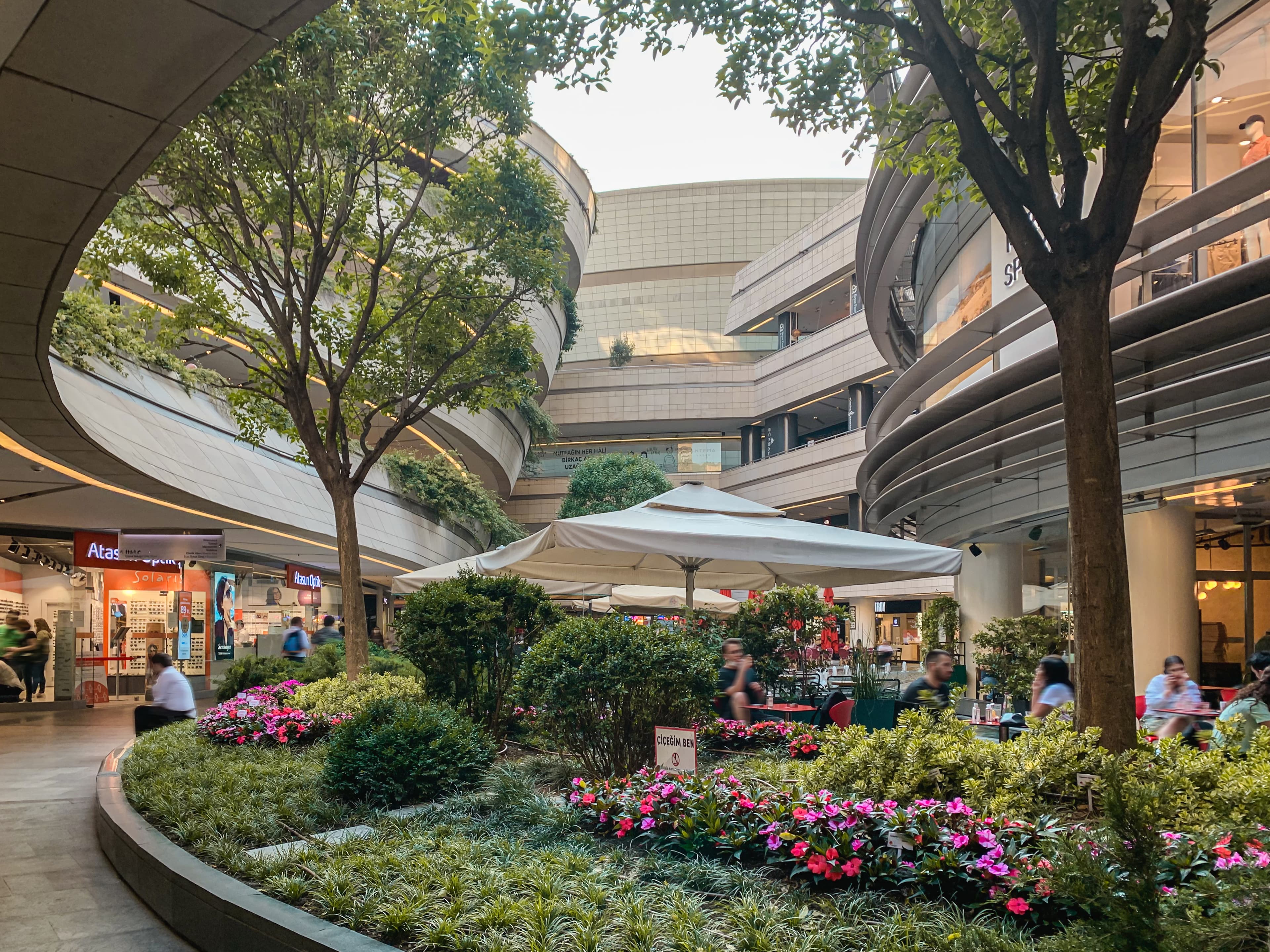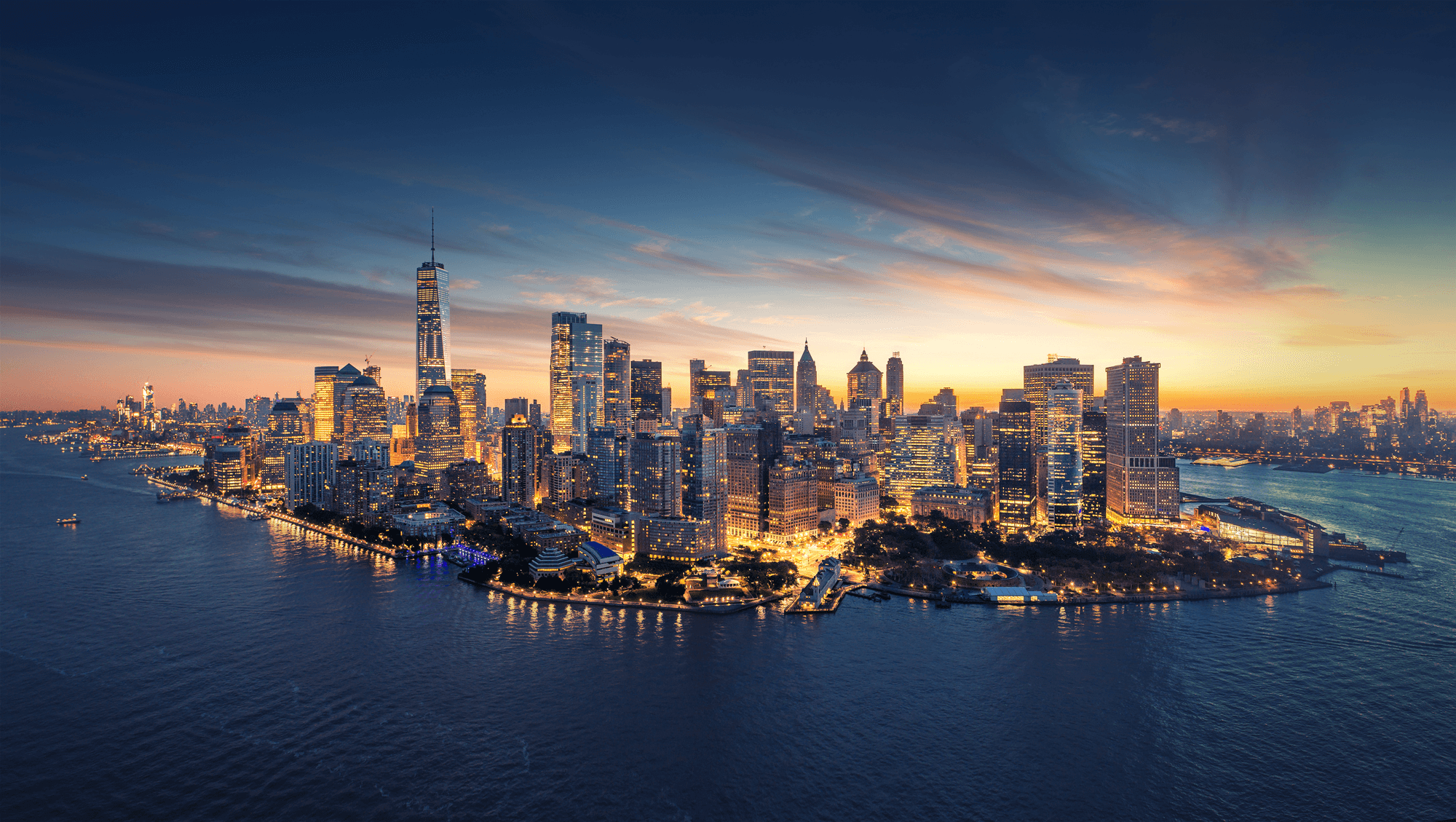Considering Mixed-Use Retail Spaces As The Future Of Malls

Malls are doing much better than people expect. This year, they’re recording vacancy rates of only 5.6% in the US, and their rent continues to climb YoY. Malls have been closing, but these venues are generally ones that didn’t keep up with the times. Moreover, when stores close in malls, there has been fierce competition to secure that space as more brands explore or expand their physical presence. But that doesn't make them immune to change.
Like the stores they host, malls are moving to be more experiential. By blending diverse retail with recreation, malls can stay relevant. This redevelopment is a slow but necessary process. Mixed-use developments provide a more holistic and immersive experience, catering to the evolving demands of consumers who seek entertainment, convenience, and a sense of community in their shopping experiences. When malls reposition themselves as modern and fresh, they signal value to tenants by increasing traffic and maintaining or attracting popular anchor tenants. Mixed-use spaces are one of the fastest-growing areas of real estate development for this reason.
According to the Urban Land Institute, ‘mixed-use development’ is constituted by
providing three or more significant revenue-producing uses, such as retail, entertainment, office, residential, hotel, or recreation;
fostering integration, density, and compatibility of land uses;
creating a walkable community with uninterrupted pedestrian connections.
Amongst retailers, these developments are growing in popularity because they encourage dwell, keeping traffic engaged for longer durations and therefore providing retailers with more opportunities to attract customers. But, besides offering huge potential for retailers, they are an opportunity for malls to reinvent themselves. As malls are increasingly expected to evolve, mixed-use developments will continue to grow worldwide.
READ MORE: 5 Ways Shopping Centers Boost Performance With Analytics
Industry Impact At A Glance
The internet, urbanization, the sharing economy, the pandemic, and labor shortages have ushered in changes that require brands to be more innovative than ever before. To keep their doors open, retailers have had to embrace change as the only constant. One of the biggest shifts has been the introduction and evolution of new store formats.
Co-working spaces can be seen to have kicked the mixed-use retail revolution into action. With high LSM jobs demanding longer hours in an extremely competitive environment, many professionals simply don’t have time to shop during the week – as can be seen in the skyrocketing popularity of pre-prepared meal kits and online shopping. So, retailers made the move to meet these professionals where they are: at work. With offices and living spaces inching closer together, it only makes sense to add retail into the mix. Additionally, the ICSC’s 2022 State of The Industry Report marked mixed-use development as one of the key trends to look out for. Why? They say: “Following the residential migration instigated by the pandemic, localities outside the urban core will continue to see increasing rates of urbanization. In response, cities within the urban core will intensify their efforts to review zoning regulations to repurpose real estate.”
Mixed-use spaces, with retail, hotels, and other services on the first few floors and family dwellings above, are now becoming the status quo for new developments. According to Green Street Advisors, getting the retail mix right is critical to the success of new developments. Rent and property value in successful mixed-use buildings can be up to 25% higher.
While higher commercial rents may be a hard pill to swallow, it’s important to note that a thoughtful offering can return a higher per-square-foot investment than a traditional mall or high street store. Access to a diverse customer base, a lively atmosphere, and the potential for cross-promotion among different businesses can be attractive factors that entice retail businesses to set up shop in these developments.
In 2018, Westfield revealed its ‘Destination 2028’ concept. The real estate giant unveiled plans to create a “hyper-connected micro-city”, driven by social interaction and creating its own community, including features such as gardens, rental retail, and ‘classroom retail’, where people watch and learn from their favorite retailers. Then-CMO of Westfield, Myf Bagnold, spoke of the project: “...we’re already looking forward to the next decade. We’ll continue to work closely with brands to deliver innovative retail spaces that create the ideal environment for them and our visitors – including developing technologies that converge digital and physical shopping to enhance that 'extra-perience' in state-of-the-art surroundings.” More and more mall owners and operators will begin exploring these avenues for growth as technology becomes more accessible and shoppers become more discerning.
Creating Communities
Bil Ingraham, EVP of Business Development & Revenue at Centennial Real Estate, explained in a recent RetailNext panel that malls must take a community-first approach to redevelopment. Instead of developing first and asking for local input after, they are starting with what needs to be added in a specific area and engineering redevelopment around that. For example, they’re updating enclosed commercial properties by turning them into “walkable urban villages”, ie. mixed-use campuses that meet the need for more green, residential spaces. In this way, they solve consumer problems and meet the community’s needs while also attracting more traffic to retail tenants.
At the heart of these new designs is a desire to make the centers more of their local place – these developments intentionally reflect the neighborhoods in which they’re situated. Bringing in new, complementary uses not only aids the commercial viability of some sites but also makes them more useful for local residents and workers. Investing in mixed-use retail developments can revitalize urban areas by creating dynamic hubs that foster community engagement. These developments often serve as gathering places for local residents and visitors, encouraging social interaction and contributing to the overall well-being of the neighborhood.

SLD, an agency focusing on customer experience, notes that retailers that will thrive in this more social format are those who contribute to the creation of a community. For example, small-format grocery stores can integrate with seated foodservice offerings, breakfast-to-go and cafés. Gyms and yoga studios can extend to offer attire, athletic and wellness products, nutritional consultations and community running groups. When thinking about how to add value for consumers in mixed-use developments, naturally connected offerings that encourage people to connect with others are ideal.
EXCLUSIVE OFFER: Free Analytics Upgrade For Malls In EMEA
Resilient Investment Opportunities
Mixed-use properties are attractive investments for commercial real estate investors due to the steadier income stream that they can provide. Because these venues offer multiple income streams, they are more resistant to changes in the market. As consumer behavior and urban landscapes continue to evolve, mixed-use developments are also better positioned to adapt to changing trends and demands. This adaptability makes them a more future-proof investment compared to traditional single-use malls. For example, should the retail market dip, investors can count on the mixed-use property’s office or residential components to shoulder a heavier load.
Sustainability is a key factor for mall owners and operators as consumers become more values-driven and legislation is geared towards greener practices. Mixed-use developments often incorporate sustainable design principles and are designed to be walkable, reducing the need for long commutes and lowering the carbon footprint. Plus, when these venues are powered by advanced analytics, they can reduce energy consumption, lower operating costs, and avoid GHG penalties. This mixed-use approach, therefore, aligns with the growing awareness and demand for environmentally friendly practices from both consumers and businesses, making them strong investments.
As work, life and play become more closely interconnected, retail venues will have to respond with more interconnected experiences. Data-driven strategy will be required to ensure retailers stay profitable and on brand, but when executed well, multi-purpose retail experiences deepen long-term brand loyalty and drive sales. Overall, mixed-use retail developments offer a multifaceted approach that aligns with the needs and preferences of modern consumers, while providing sustainable and financially sound opportunities for mall owners in 2023 and beyond.
READ MORE: Generative AI’s Effect On Brick-And-Mortar Retail
About the author:

Ashton Kirsten, Global Brand Manager, RetailNext
Ashton holds a Master's Degree in English and is passionate about physical retail's unbridled potential to excite, entertain, serve, and solve problems for today's shoppers.


